Worried your US student visa application might be rejected? You have good reason to be. The path to studying in the US has become tougher, with the F-1 visa rejection rate for Indian students hitting a decade-high of 41% in the last fiscal year, a sharp increase from 36% the year before. Most of these denials aren’t random. They happen for specific, avoidable reasons. Consular officers are most often concerned with three critical areas:
- Failing to prove you will return to India after your studies (known as ‘non-immigrant intent’)
- Presenting unclear or insufficient financial proof
- Lack of confidence or consistency during the visa interview
This guide cuts through the anxiety. We will break down exactly why applications are denied and give you a clear, actionable checklist to build a rejection-proof application and face your interview with confidence.
US Student Visa (F-1) Rejection & Success Rate 2025
Getting a clear picture of the visa rejection statistics helps in setting realistic expectations. The overall rejection rate for US F-1 student visas saw a significant increase in the last fiscal year, reaching a decade-high.
Choose your dream country
When do you want to study abroad?
What's your highest level of education?
Select you current city
How Leap will help you
Personalised University Shortlist
Express Applications with Quicker Admits
End-to-End Application Support
F1 Visa Rejection Rate India 2024-2025 Update
For the 2023-2024 fiscal year, the overall F-1 visa refusal rate stood at 41%, a notable rise from 36% in the previous year. This indicates a stricter evaluation process by consular officers. The U.S. Department of State has not released official rejection rates by country. However, data indicate a sharp drop in visas issued to Indian students in early 2024 compared to 2023. This suggests that applicants from India are facing tougher scrutiny.
US Visa Rejection & Approval Rates in India (2018-2024 Trends)
Observing the rejection rate over the years reveals a fluctuating but recently increasing trend. After a period of higher approval rates following the pandemic, the trend has reversed, with rejection rates climbing.
| Fiscal Year | Approval Rate for India | Refusal Rate for India |
|---|---|---|
| 2018 | 65.03% | 34.97% |
| 2019 | 74.62% | 25.38% |
| 2020 | 68.81% | 31.19% |
| 2021 | 80.16% | 19.84% |
| 2022 | 65.07% | 34.93% |
| 2023 | 63.74% | 36.26% |
| 2024 | 58.99% | 41.01% |
Source: Data compiled from U.S. Department of State reports.
Top 10 Reasons for US F1 Visa Rejection for Indian Students
To improve your chances, it's crucial to understand why applications are denied. Most rejections for Indian students fall under Section 214(b) of the Immigration and Nationality Act.
1. Failure to Prove 'Non-Immigrant Intent' (Section 214(b))
This is the most common reason for rejection. The consular officer is not convinced that you will return to India after completing your studies.
- Why it happens: You failed to demonstrate sufficient "strong ties" to your home country.
- How to prove it: Show evidence of financial assets, family responsibilities, property ownership in India, and strong job prospects in India after your graduation.
2. Insufficient Financial Proof
You must prove that you can comfortably fund your entire education and living expenses for at least the first year.
- Why it happens: Bank statements show large, recent deposits without a clear source (known as "funds parking"), or the total amount is just short of the I-20 requirement.
- How to prove it: Provide clear, consistent, and authentic financial documents, including bank statements for the last six months, proof of scholarships or loans, and sponsor's income tax returns and affidavit of support.
3. Poor Interview Performance
The visa interview is a critical part of the process. Your answers and demeanour matter significantly.
- Why it happens: Giving vague, rehearsed, or inconsistent answers; showing a lack of confidence; or appearing nervous can raise red flags.
- How to prove it: Prepare by researching your chosen university and course thoroughly. Practice answering common questions about your study plans, career goals, and reasons for choosing the US. Be confident, clear, and honest.
4. Incomplete or Inaccurate DS-160 Form
Mistakes on your DS-160 application form can lead to an immediate rejection.
- Why it happens: Simple errors, missing information, or discrepancies between the form and your interview answers.
- How to prove it: Double-check every single detail on the form before submission. Ensure the information matches all your supporting documents.
5. Choosing an Irrelevant Course or University
Your choice of course and university must align with your academic and career background.
- Why it happens: Applying for a course that doesn't logically follow your previous education or having unclear reasons for choosing a specific university can make your intent as a genuine student seem weak.
- How to prove it: Be prepared to clearly articulate why you chose this specific program and how it will help you achieve your career goals back in India.
6. Previous Immigration Violations
A history of overstaying a previous visa in the US or any other country is a major red flag.
- Why it happens: This indicates a disregard for immigration laws, making the officer doubt your intent to return home.
- How to prove it: Always be truthful about your travel history. If you have a prior violation, it is best to consult an immigration expert before reapplying.
7. Inadequate English Proficiency
While you have test scores like IELTS or TOEFL, your ability to communicate effectively during the interview is also assessed.
- Why it happens: If you struggle to understand or answer questions clearly in English, it can cast doubt on your ability to succeed in an American university.
- How to prove it: Practice speaking English and conduct mock interviews to build your confidence and fluency.
8. Having a Criminal Record
A criminal history can make you ineligible for a US visa.
- Why it happens: Background checks are a standard part of the process. Any past criminal activity raises security and character concerns.
- How to prove it: You must declare any criminal history. Depending on the nature of the offence, you may be permanently ineligible or require a waiver.
9. Providing Fraudulent Documents
Submitting fake or altered documents is the most severe offence and leads to a permanent visa ban.
- Why it happens: Applicants may be tempted to submit fake financial or academic documents to meet the eligibility criteria.
- How to prove it: Ensure every document you submit, from your I-20 form to bank statements, is completely authentic.
10. Unclear Future Plans Post-Graduation
Your long-term goal should be to return to India and utilise your education.
- Why it happens: If your answers suggest you intend to stay and work in the US indefinitely without a clear plan to return, your application will likely be denied under Section 214(b).
- How to prove it: Discuss your career plans in the context of the Indian job market and how your US degree will give you a competitive advantage there.
Checklist to Avoid US Visa Rejection & Improve Success Rate
Preparation is key to a successful visa application. Follow this checklist to ensure you cover all bases.
Before the Application:
- Research Thoroughly: Finalise your university and course. Be ready to explain your choice confidently.
- Arrange Finances: Ensure you have sufficient liquid funds to cover the amount on your I-20. Avoid last-minute, large deposits.
- Pay SEVIS Fee: Pay the I-901 SEVIS fee and keep the receipt.
Filling the DS-160 Form:
- Be Accurate: Fill out every section truthfully and without any errors.
- Be Consistent: Ensure the information matches your passport and other documents.
- Save Confirmation: Save and print the DS-160 confirmation page with the barcode.
Preparing Your Document File:
- Mandatory Documents: Passport, I-20, DS-160 confirmation, visa appointment letter, SEVIS fee receipt.
- Supporting Documents: Financial proofs (bank statements, loan letters), academic transcripts, standardised test scores (GRE, TOEFL, etc.), and proof of ties to India (property deeds, family business documents).
Acing the Visa Interview:
- Dress Professionally: Business formals are recommended.
- Practice Mock Interviews: Rehearse common questions to build confidence.
- Be Clear and Concise: Answer the officer's questions directly and honestly. Do not provide extra information unless asked.
US Visa Rejection & Acceptance Rates: F1 vs B1/B2
While the F-1 student visa is a key focus, understanding the rejection rates for other common visa types and how India compares globally provides a fuller picture of the US immigration landscape.
Rejection Rates by Visa Type (F-1 vs. B1/B2) for Indians
Different visa categories have vastly different approval odds based on their purpose. For Indian applicants in the 2024 fiscal year:
- F-1 (Student) Visa Rejection Rate: The refusal rate for student visas was approximately 41%. This category faces high scrutiny regarding academic intent and proof of funds.
- B1/B2 (Business/Tourist) Visa Rejection Rate: The refusal rate for B1/B2 visas was significantly lower at 16.32%. This is because the purpose of short-term tourism or specific business meetings is often easier to document.
Petition-based work visas like the H-1B and L-1 generally have very low refusal rates (often under 3%) because they are pre-vetted through an employer's petition with U.S. Citizenship and Immigration Services (USCIS) before the consular interview stage.
US Visa Rejection Rate by Country: India vs Global
Visa refusal rates vary dramatically worldwide, influenced by economic conditions, overstay rates, and geopolitical factors. Here is a comparison of B-category (tourist/business) visa rejection rates for the 2024 fiscal year for several countries:
| Country | B-Visa Rejection Rate (FY 2024) |
|---|---|
| India | 16.32% |
| Pakistan | 45.65% |
| Nigeria | 46.51% |
| China | 25.37% |
| Mexico | 13.87% |
| United Arab Emirates | 1.46% |
| Guinea-Bissau | 76.59% |
| Laos | 82.84% |
As the data shows, India has a moderate rejection rate compared to many other nations. Countries facing significant economic instability or with high rates of visa overstays tend to experience much higher refusal rates.
What to Do After US Visa Rejection in India? Reapply or Appeal
A visa rejection is not the end of the road. Understanding the reason for refusal is the first step to a successful reapplication.
Understanding the Refusal Letter (214(b) vs. 221(g))
- Section 214(b): This is the most common reason, indicating a failure to prove non-immigrant intent or sufficient ties to your home country.
- Section 221(g): This means your application is temporarily on hold pending "administrative processing." It usually happens if the officer needs to verify information or if your case requires additional security checks.
The Reapplication Process: When and How?
You can reapply for the visa at any time. However, it is strongly advised not to reapply until your circumstances have changed significantly or you have new, compelling evidence to address the reason for the initial rejection. Simply submitting the same application again is likely to result in another denial.
Is there an Appeal Process for a US Visa Rejection?
There is no formal appeal process for a US visa rejection. The only course of action is to reapply and go through the entire process again.
Conclusion
Navigating the US visa process can feel daunting, but a rejection is not inevitable. By understanding the reasons for denial, meticulously preparing your financial and academic documents, and clearly communicating your non-immigrant intent, you can significantly boost your chances of success. Remember to focus on proving your strong ties to India and practice your interview answers to present your case with confidence. Your dream of studying in the US is within reach!
Need expert guidance for your visa interview? Book a free counselling session with a Leap Scholar expert today!
Frequently Asked Questions (FAQs) about US Visa Rejection
Q. What is the main reason for US visa rejection for Indian students?
Ans. The most common reason is failing to prove "non-immigrant intent" under Section 214(b). This means the consular officer was not convinced you have strong enough ties (family, property, job prospects) to compel you to return to India after your studies.
Q. Can I reapply for a US visa immediately after rejection?
Ans. Yes, you can reapply anytime. However, it is highly recommended to do so only after you have substantially addressed the original reason for refusal. Reapplying with the exact same information will likely lead to the same result.
Q. Does a low GPA or GRE score affect my US visa chances?
Ans. Indirectly, yes. While not a direct cause for visa rejection, a very weak academic profile might make the officer question if your primary purpose is genuinely to study. However, it's rarely the sole reason for a denial.
Q. How can I prove 'strong ties' to India for my F-1 visa?
Ans. You can demonstrate strong ties through evidence of family responsibilities, ownership of property or other assets, a confirmed job offer in India post-graduation, or strong economic prospects in your chosen field within India.
Q. How much money do I need to show for a US student visa?
Ans. You must show proof of liquid funds sufficient to cover at least the first full year of your tuition and living expenses, as stated on your I-20 form. There is no fixed universal amount; it depends entirely on your university's cost of attendance.
Q. What is a "red flag" in a US visa interview?
Ans. A red flag is anything that makes the consular officer doubt your intentions. Common red flags include:
- Inconsistent Answers: Information in your interview contradicts your DS-160 form.
- Vague Travel Plans: Not being able to clearly explain why you chose your university or what you plan to do in the US.
- Suspicious Financials: Large, unexplained deposits into your bank account just before the interview.
- Appearing Coached: Giving robotic, memorised answers instead of speaking naturally.
- Previous Visa Overstays: A history of overstaying a visa in the US or any other country is a major concern.
Q. What is the rejection rate for a US tourist (B1/B2) visa for Indians?
Ans. For the 2024 fiscal year, the rejection rate for B1/B2 visas for Indian citizens was 16.32%. This rate has increased from previous years but remains lower than the rejection rate for F-1 student visas.
Q. How can I increase my chances of US visa approval?
Ans. To increase your chances, focus on meticulous preparation:
- Prove Strong Ties: Gather extensive documentation of your job, family commitments, and property in India.
- Have Clear Intent: Be able to articulate precisely why you are traveling to the US and your plans for returning.
- Ensure Financial Clarity: Present clear, legitimate financial documents that can be easily verified.
- Be Honest and Consistent: Ensure your DS-160 form is 100% accurate and your interview answers are truthful and consistent.
- Prepare for the Interview: Practice answering common questions confidently and naturally.
Q. What should I do if my US visa is rejected?
Ans. First, understand the reason provided by the consular officer, which is typically noted on the refusal slip (e.g., 214(b) or 221(g)). You can reapply, but you should only do so after you have significantly addressed the reason for the initial denial. For instance, if the reason was weak financial ties, you should reapply only when your financial situation has demonstrably improved. Simply submitting the same application again will likely result in another rejection.



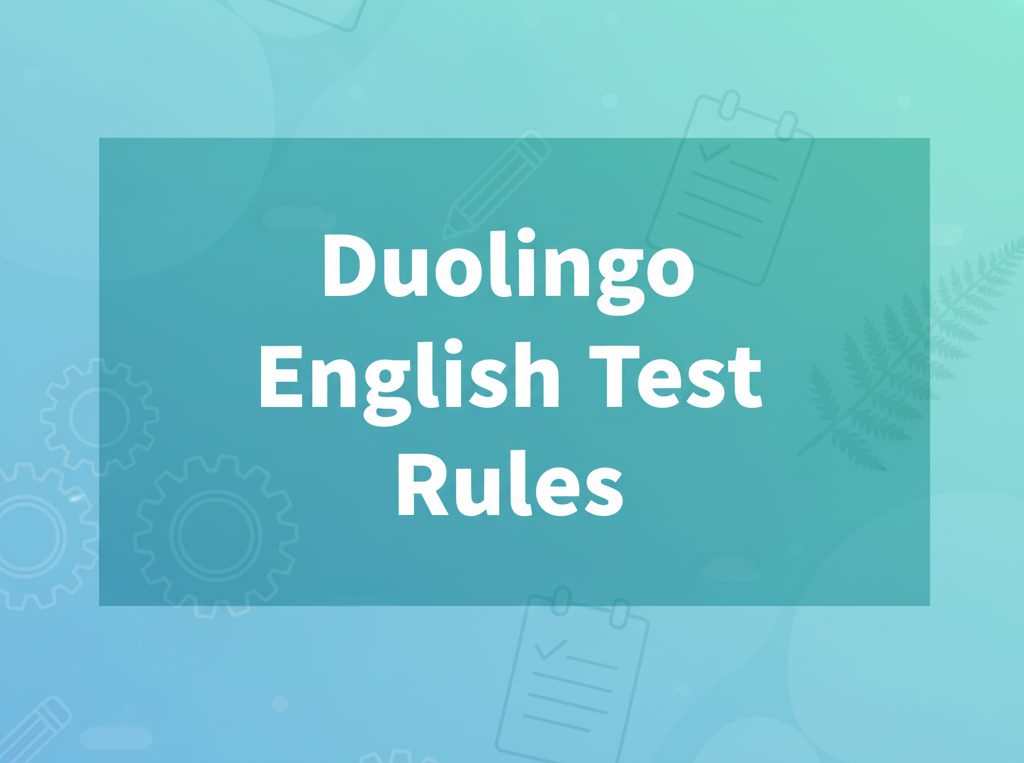
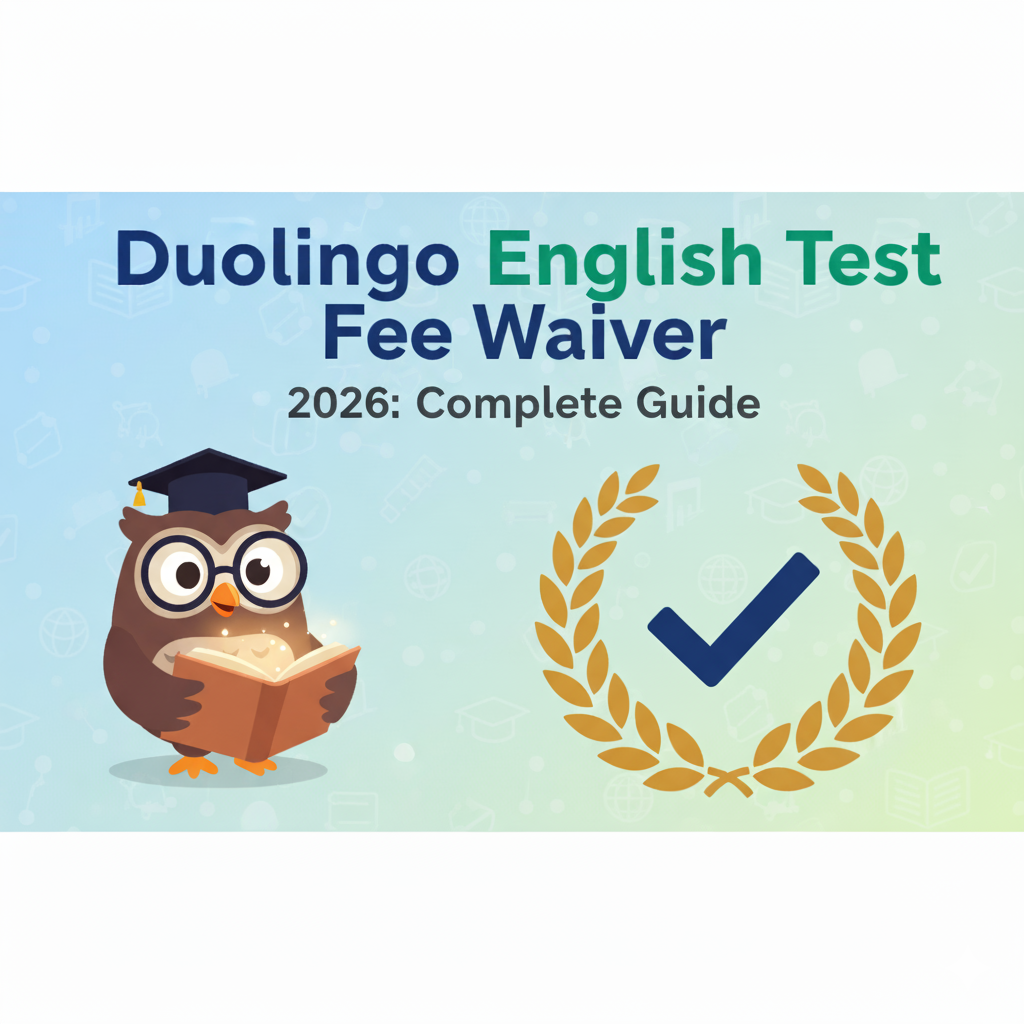

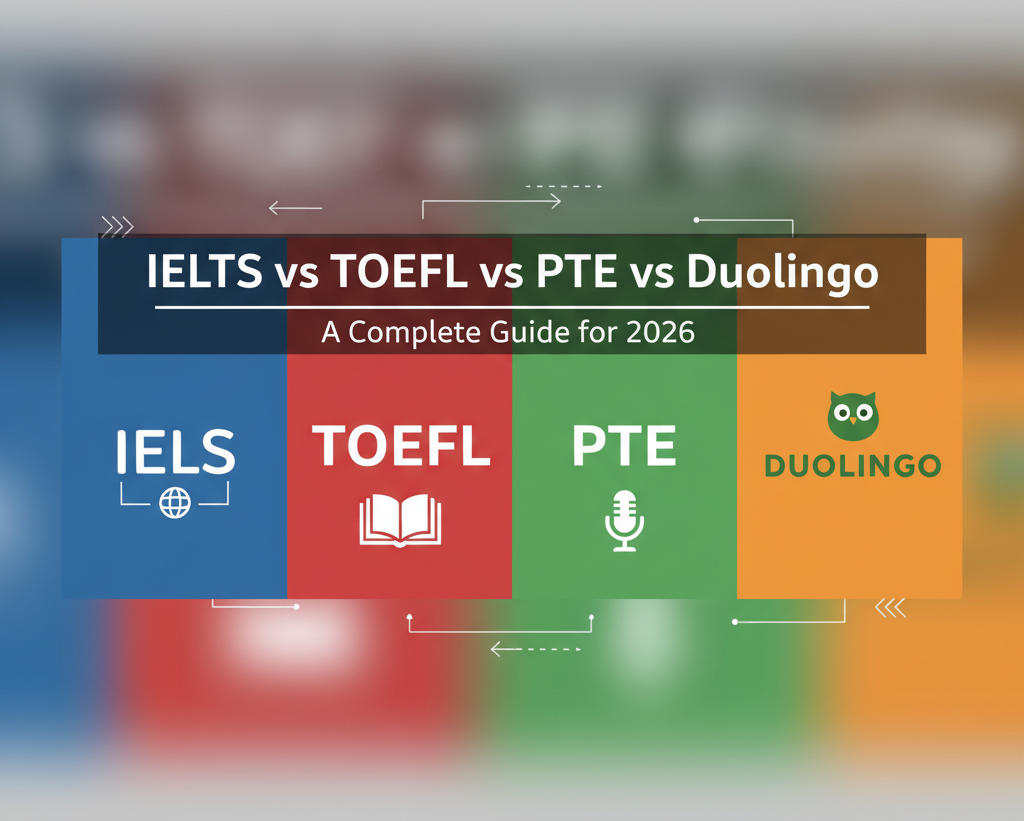
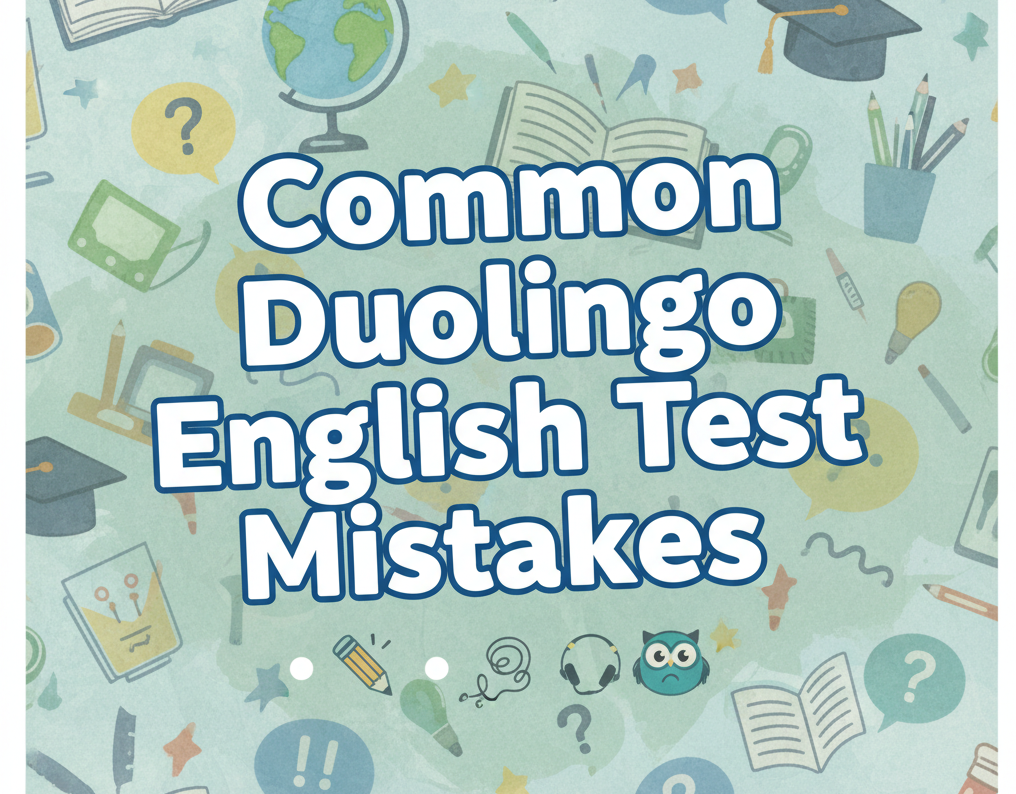

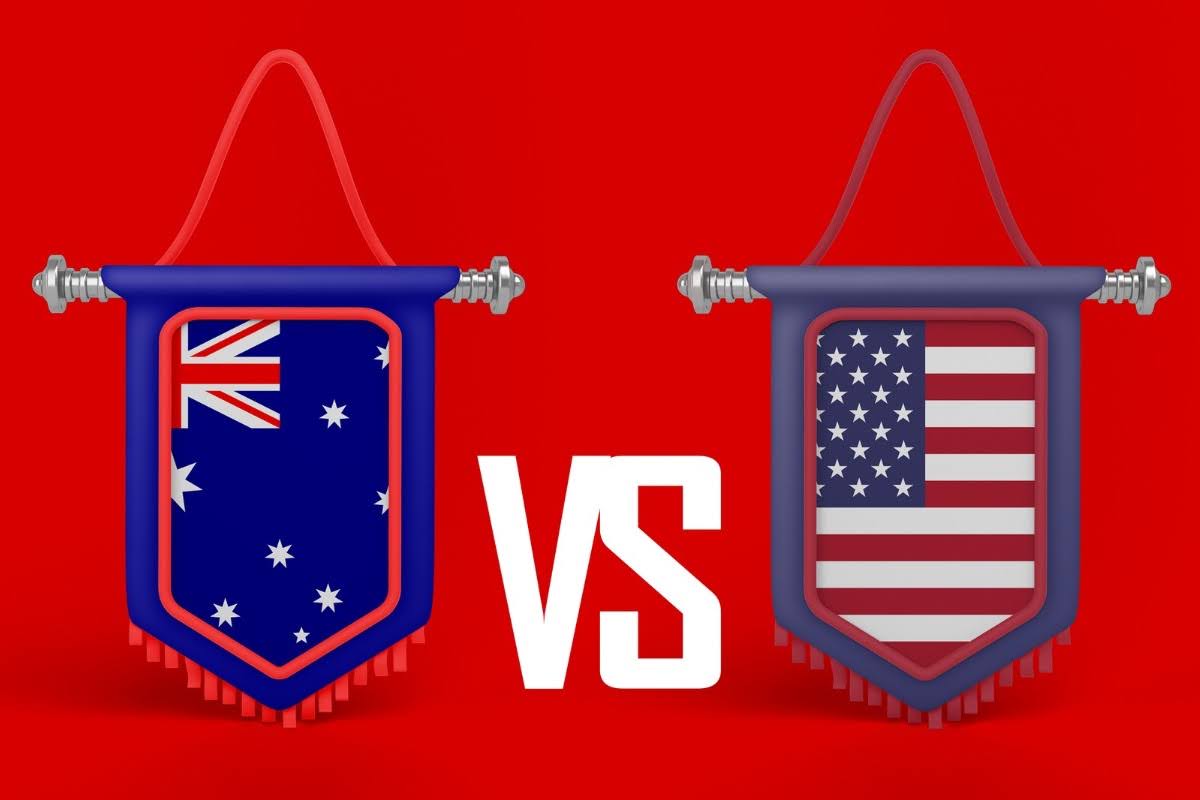
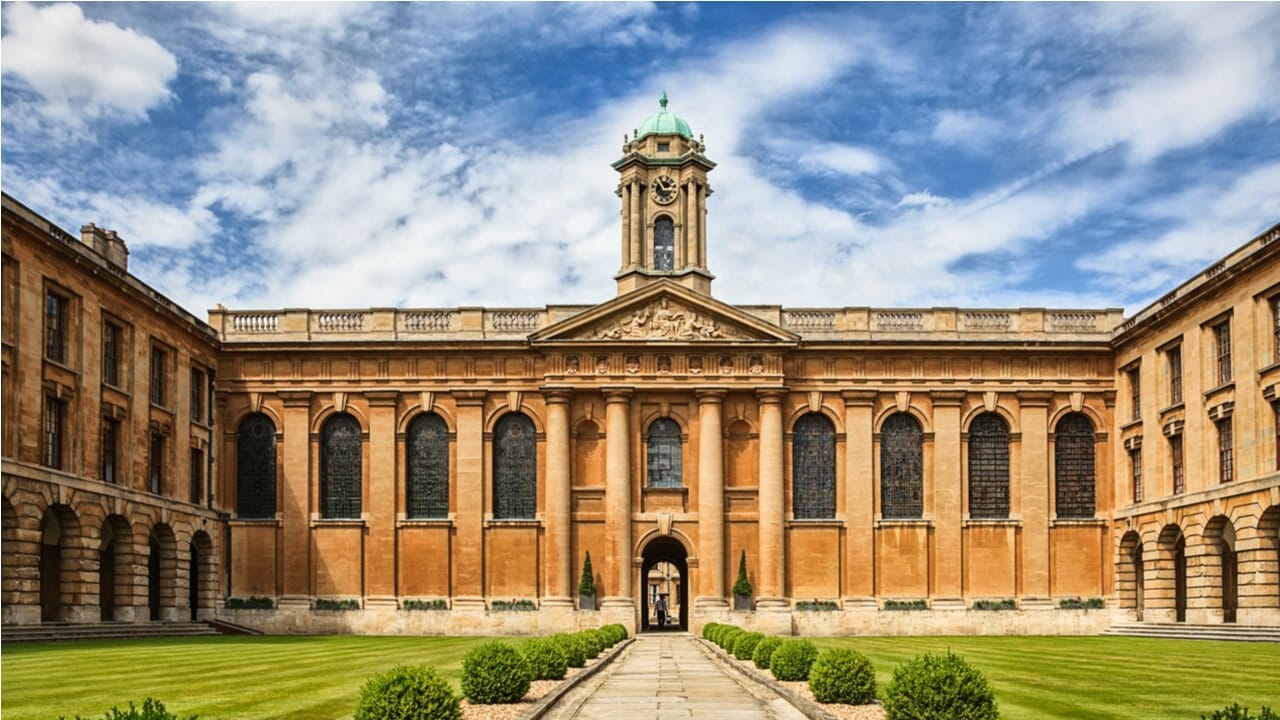

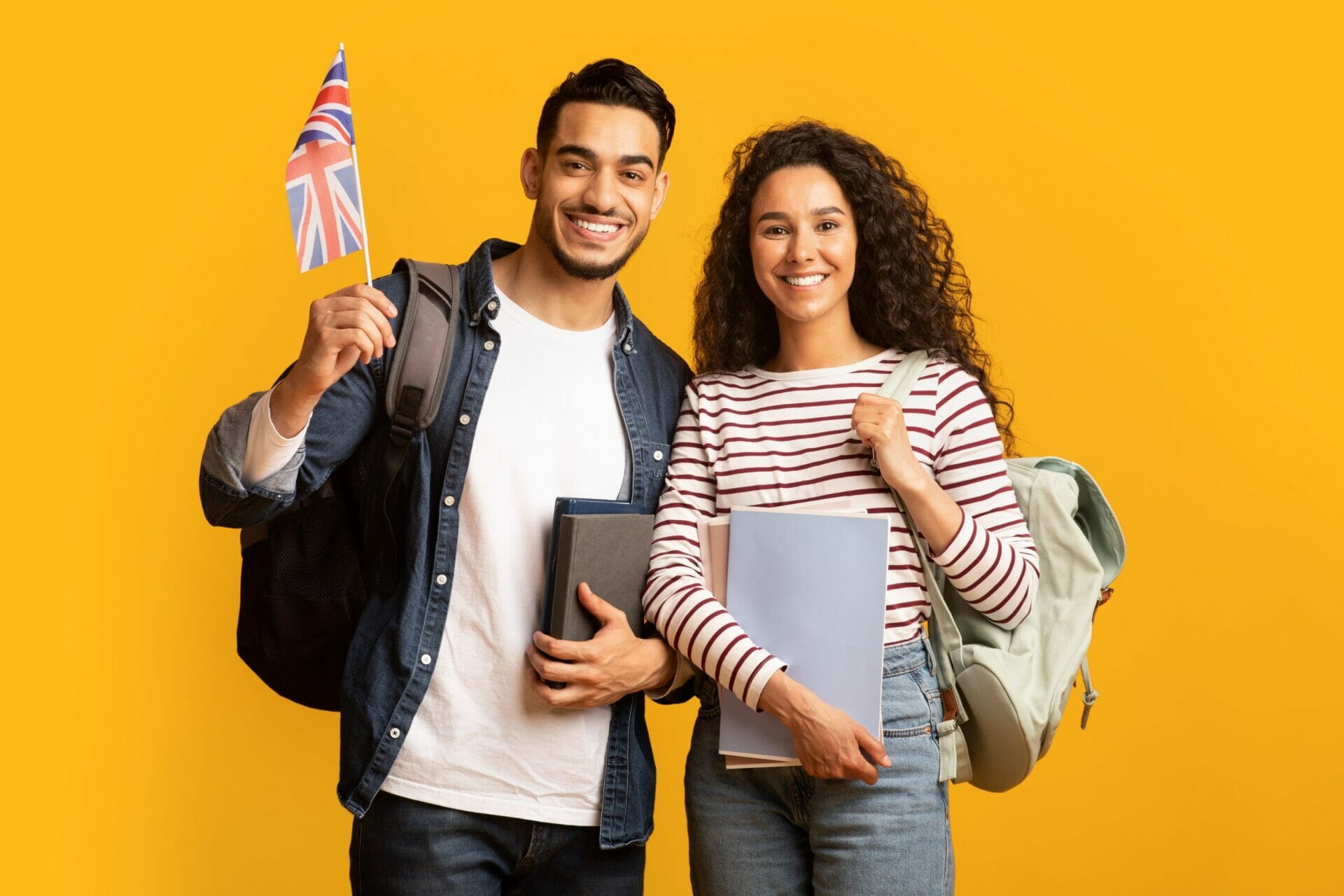
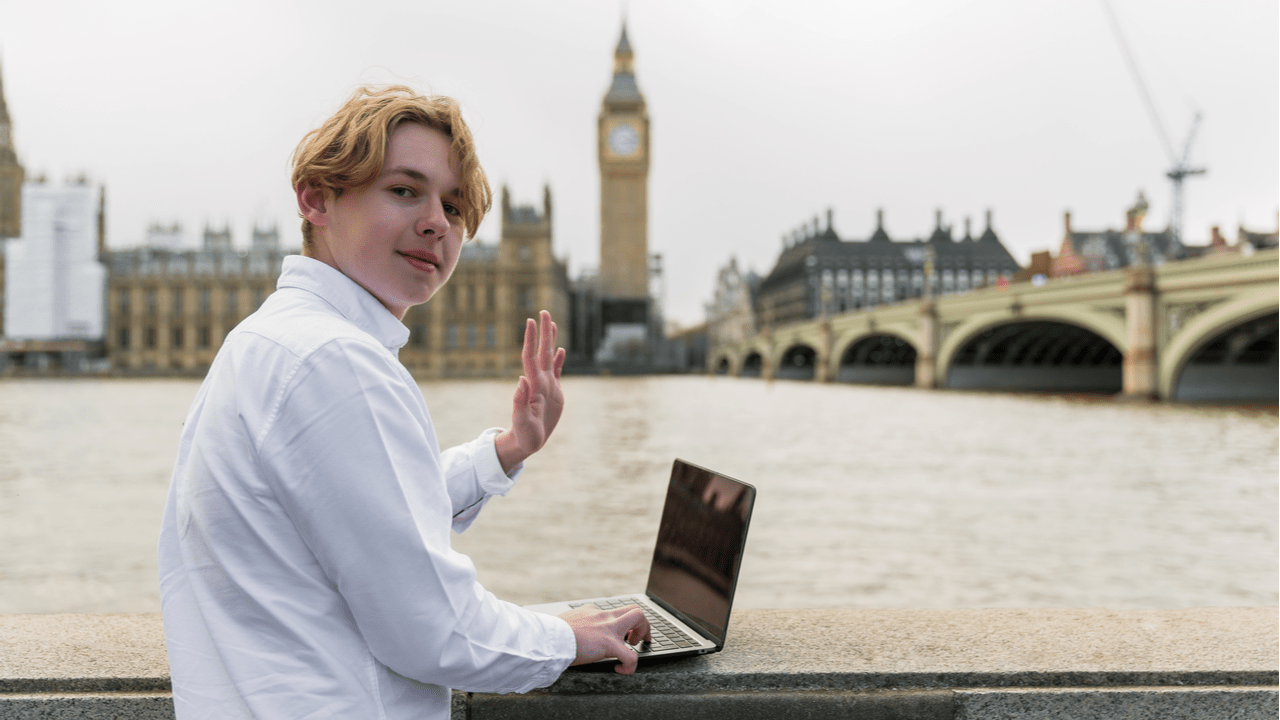


Have Questions? Get Guidance to reach your Dream University
Connect with India's finest counsellors and biggest study abroad community.
Get Guidance